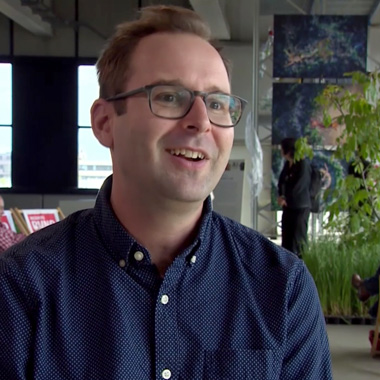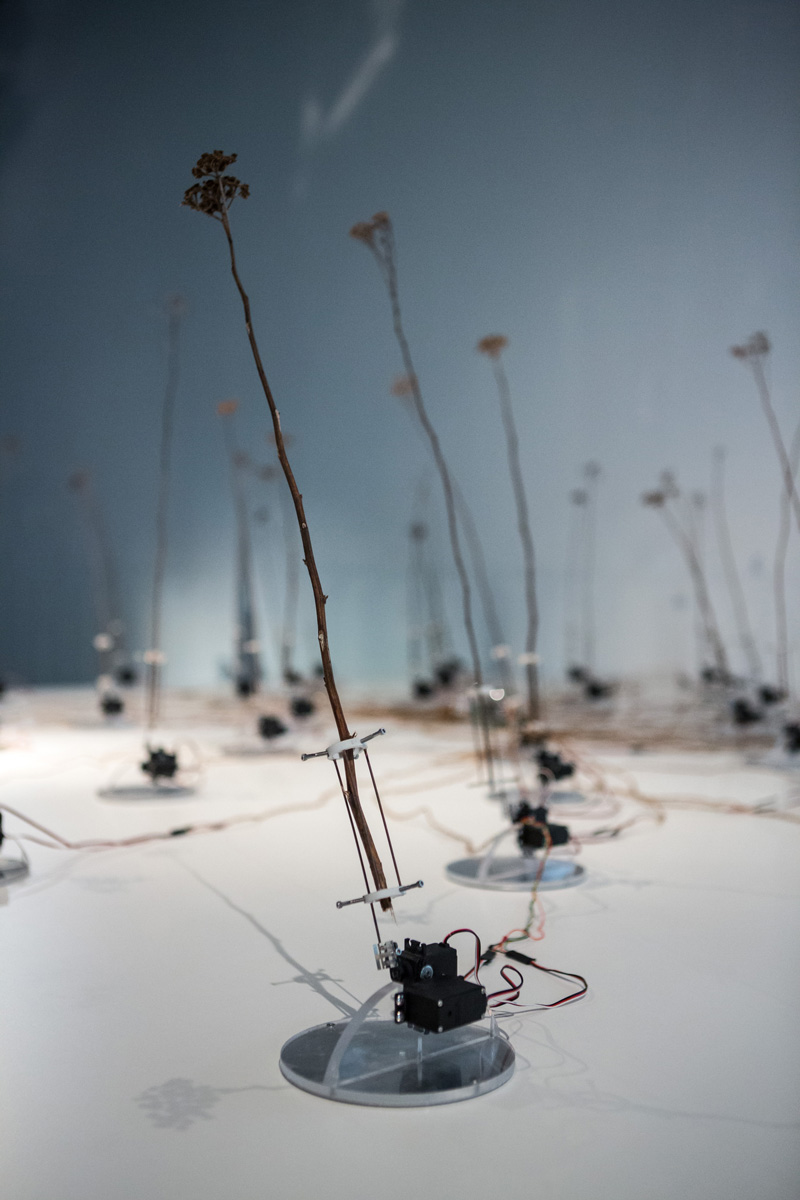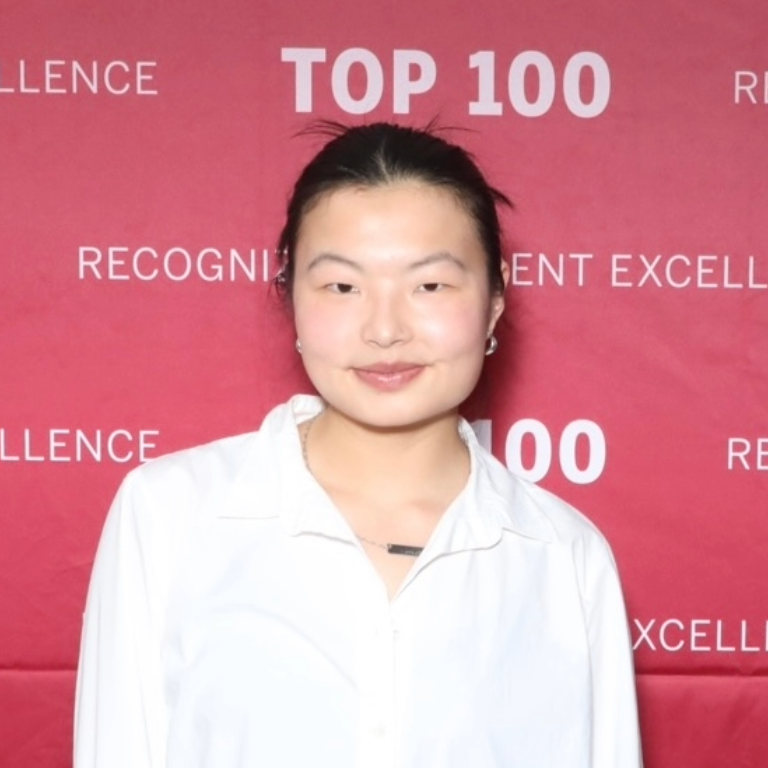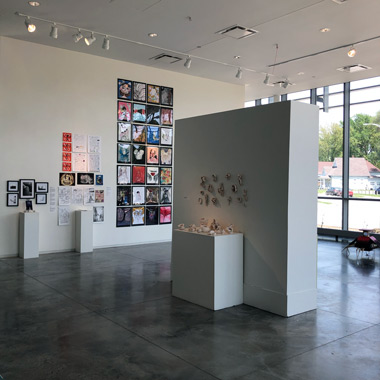HERRON: What percentage of your studio time is spent programming versus creating the sculptures?
BOWEN: I'd say a third of the time in my studio is making, so even with digital fabrication you're still having to do the making. It's still relevant. A third of the time is coding, typing the code to make the piece do what you want to do. Then, the other third of the time is what I call debugging or testing.
I've got a commission I'm working on for the Minnesota Museum of American Art that I'm running right now. It's a two-part piece and I'm running half of it constantly in my studio just to see what's going to break and then fix it to get ahead of any issues. Luckily, it seems to be working pretty well. But there's nothing worse than going to an exhibition of kinetic, interactive, or data-driven work that's supposed to do something and it's not doing anything because it's broken. I try to avoid that as much as I can. I'm not an engineer, though. I have a little bit of engineering training from graduate school, but a DIY spirit comes through in my work.
HERRON: Are there any happy accidents with your work?
BOWEN: I think it's impossible to make things perfect, especially when you're pulling from outside data sources. You really never know what's going to happen. I have this piece, "fly revolver," that's in the Beijing Media Art Biennale right now. It's a gun that's aimed and fired by flies. The flies are in control.
It's probably the most political thing I've ever done. I did it pretty soon after the Sandy Hook Elementary School shooting. The first time it was exhibited was in Chicago, and Illinois was the last state in the U.S. to pass the concealed-carry law, where you can carry a gun wherever you want. I was invited to participate in an exhibition related to that law passing. Of course, for the exhibition it had to be a very convincing replica revolver. The flies fired that thing so many times that the gun broke, which I thought was pretty great.
HERRON: You've exhibited widely – nationally and internationally – in exhibitions related to the intersection of art, science, and technology. From an artist's perspective, how do you perceive the connection between these seemingly disparate fields?
BOWEN: I don't see art and science as super disparate, especially in terms of the work that I do. I like to read books by Oliver Sachs, Steven Johnson, Howard Ringold, and Brian Green that are inspirational – thinking about the bigger picture, the universe, how we interact with the world and artificial intelligence, and how it's changing us as a species. I'm fascinated by science. But I'm not trying to solve any scientific problems or anything like that. As an artist, I tend to ask questions rather than answer them.
HERRON: What key lessons did you learn at Herron?
BOWEN: The biggest thing I picked up at Herron is a strong work ethic and dedication to studio practice. You've got to put the time in. That was something that was very much instilled in me early on. We were also encouraged to take courses outside of our field. I took a physics course, "Physics for Educators," and I didn't see it so much at the time but I think it influenced my studio practice down the way.
I was also hired by my professor, Eric Nordgulen. He was my mentor at Herron and really gave me a lot. That was an amazing opportunity and I was very fortunate to have that experience because it showed me the nuts and bolts of installing a piece, pouring concrete footing, packaging artwork for shipping, and basically, everything about running a studio. That was incredible and something you don't necessarily get in the classroom.
HERRON: As an educator, how do you approach teaching students in today's rapidly changing creative and technical environments?
BOWEN: I'm implementing a course, "Robotics and Physical Computing," here at UMD. It's like a "Sculpture II" class where students start to integrate programmable microcontrollers. It gives them the ability to start bringing in data sources and trying to make more complex time-based systems.
The beauty with all of this microcontroller stuff that I do is that I tend to stick with open-source software. I use Processing, which has an amazing community of people who are doing similar things. I use Python occasionally, and the microcontrollers I'm using are Arduinos. There are other things that people use like Max/MSP, which are great but they cost $600. I think it's better for students to use open-source software because it's free. I use it myself for a lot of my studio practice.
Last year, I did an artist residency in San Francisco with Autodesk. They have an amazing makerspace on a pier right off of the Embarcadero, giving artists access to this incredible equipment and incredibly smart people. After I got back from Autodesk, I felt confident enough in my abilities to teach digital fabrication in my curriculum at UMD. We got a CMT machine last year and I started to integrate that, too.










